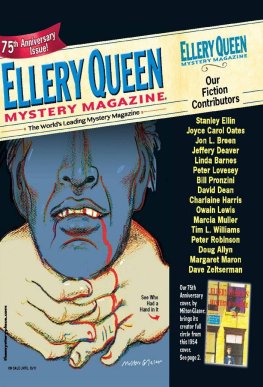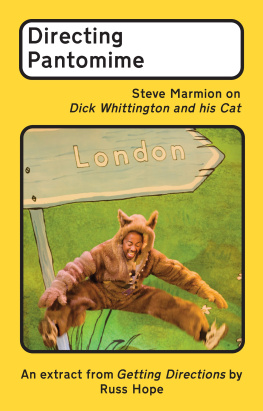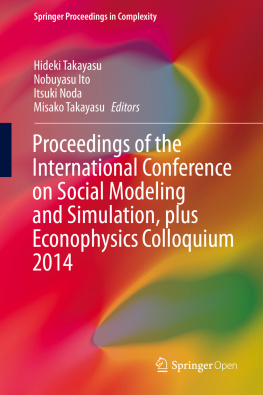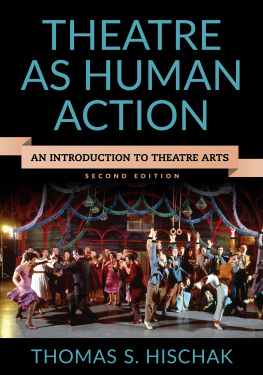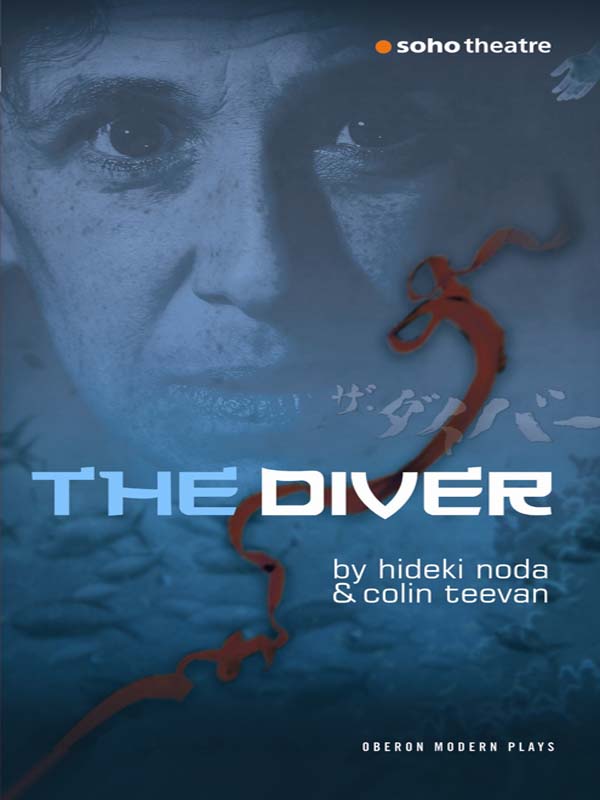HIDEKI NODATHE DIVEROBERON BOOKS
LONDON First published in 2008 by Oberon Books Ltd
Electronic edition published in 2013 Oberon Books Ltd
521 Caledonian Road, London N7 9RH
Tel: +44 (0) 20 7607 3637 / Fax: +44 (0) 20 7607 3629
e-mail:
www.oberonbooks.com Copyright Colin Teevan and Hideki Noda 2008 Colin Teevan and Hideki Noda are hereby identified as authors of this play in accordance with section 77 of the Copyright, Designs and Patents Act 1988. The authors have asserted their moral rights. All rights whatsoever in this play are strictly reserved and application for performance etc. should be made before commencement of rehearsal to Curtis Brown Ltd, Haymarket House, 2829 Haymarket, London SW1Y 4SP
(). No performance may be given unless a licence has been obtained, and no alterations may be made in the title or the text of the play without the authors prior written consent. You may not copy, store, distribute, transmit, reproduce or otherwise make available this publication (or any part of it) in any form, or binding or by any means (print, electronic, digital, optical, mechanical, photocopying, recording or otherwise), without the prior written permission of the publisher.
Any person who does any unauthorized act in relation to this publication may be liable to criminal prosecution and civil claims for damages A catalogue record for this book is available from the British Library. PB ISBN: 978-1-84002-8683
E ISBN: 978-1-8494-3965-7 Cover image: Yuki Sawaga. Cover Photos: Sheila Burnett and Nadia Vawda eBook conversion by Replika Press PVT Ltd, India. Visit www.oberonbooks.com to read more about all our books and to buy them. You will also find features, author interviews and news of any author events, and you can sign up for e-newsletters so that youre always first to hear about our new releases.
Contents
Foreword to The Diver
Hideki Noda in conversation with Nina Steiger After our successful production of The Bee at Soho Theatre in the summer of 2006, our team was excited to collaborate on another production and to continue exploring the Japanese stylization of Noh and Kabuki, which, in that show, had been so interesting to Western audiences.
There was an appreciation of each others processes as I had worked with Colin and the cast, particularly Kathryn Hunter. After three preliminary workshops, the story was eventually structured and Colin was able to begin scripting. Our production of The Diver draws on three sets of source material: the first is a Noh play called Ama, which translates as Pearl Diver Woman in Japanese. The second one is the Tale of Genji, a classical Japanese novel written in 1008, just a thousand years ago by a Japanese noblewoman, Murasaki Shikibu. It is a clever, poetic and fantastic novel, which tells the story of Genji, the son of the emperor and a low-ranking concubine and it forms the basis of several important Noh plays. I had read the Genji Tales as a high school student and found it a difficult text as its complex grammar and language are from the Heian period court Japanese.
The third piece of source material is a real criminal case, which held a remarkable resonance with the two older texts. The Noh stylization is the simplest imaginable, conveying an intense internal energy with an extremely still, spare physical language. To explore the world of the Noh play we looked at one called Aoi no Ue (Lady Aoi) by Zeami, an actor and writer who lived and performed in 14th and 15th centuries. It tells the story of Genji, his wife Lady Aoi and mistress, Lady Rokujo. It is an intense and passionate story but in order to fully understand the world of this play, we needed to look at the Genji Tales on which it is based. So as an ensemble, we studied this episode of jealousy and possession in the Tales and we became very interested in the characters and stories, in particular, the love and jealousy in the relationship between Aoi and Rokujo, the revenge tragedy and the notion of a wandering spirit.
As we worked with the Noh play and the Genji Tales, we found the stories contemporary and compelling. As with The Bee, there is an implicit connection with todays society, its values and aesthetics but in these Tales, we felt there was still a space for something else. And this led me to a modern criminal case in which a young woman was driven to murder, compelled by similar emotions to those that motivate the characters in the Genji story. After World War II, the way of thinking in Japan changed, relating less to philosophy and religion and instead, focusing on the pursuit of economic growth and the trends of US culture. It occurs to me that we lost a more symbolic, abstracted way of thinking. Recently, in Japan, especially among the youth, there has been a growing interest in areas like fortune-telling and past lives, seeking answers and creating belief systems based on superstition.
For instance, many people in Japan now believe that blood type carries information about your character and personality and even, your future. Still, in some way, this is a return to thinking about spirits and destiny that is the central focus of the Genji Tales and Noh drama. Partly through the blending of Eastern and Western traditions and ancient and modern texts, we can re-connect the stories from the distant past to modern trends and convictions. Im really interested in ancient belief. In the past, it was thought that the spirit was connected to ones own culture. Today as well, people need to be able to trace the connections between their lives and the sense of a wider social history.
In The Diver, the Psychiatrist helps the Woman to understand who she is and where she comes from by exploring the links between her own story and the culture and civilisation of the past. Nevertheless, this is a complicated process and the play attempts to express some of the difficulties of understanding another persons mentality, not to mention the challenges of understanding a different culture. The development of our script depends hugely on its physical life which we are discovering in rehearsal every day; we are constantly making adjustments, looking for lines that explain too much and scenes that are too overt. I believe good theatre resists the urge to explain too much; the theatrical imagination can understand things that are implied through action, suggestion, image, gesture, simplicity. This is the essence of Noh style and it is the opposite of the television culture today, which provides you with everything. By leaving things out or letting physicality, style and tone tell the story, we involve the audience as they stretch their imaginations.
In our production, the process is unusual, ambiguous and very important as a journey. At the moment, we have the ending of the play written but we still dont feel we fully understand it. In the Eastern tradition, this uncertainty is essential to the process. However, when I work in Tokyo with Japanese actors, I always tell them to make it clear, not to be too ambiguous. Im always thinking about the border between Eastern and Western ways of thinking. Even for a Japanese ensemble, the Noh plays are highly complex and ambiguous.
For our ensemble and in making The Diver, the process has been to find a balance between the poetic intensity of these ancient stories and the timeless values and images at their heart.
Characters
PSYCHIATRIST WOMAN PROSECUTOR CHIEF OF POLICE
Other roles played by the four protagonists EMPEROR DRAGON QUEEN GENJI BOAT MEN TONOCHUJO MOTEL OWNER AOIS MEN ROKUJOS MEN AOI
Setagaya Public Theatre and Soho Theatre present 


